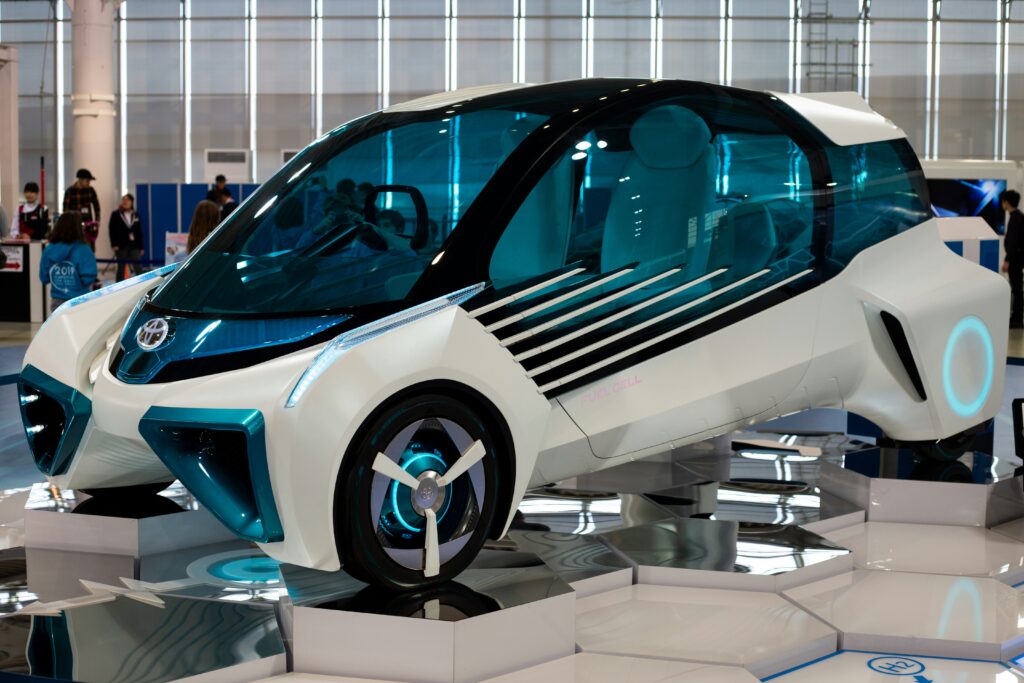Have you ever imagined a world where cars drive themselves, allowing you to sit back and relax during your commute? Well, that future is closer than you think with the development of autonomous vehicles.
Self-driving cars are no longer just a concept featured in sci-fi movies; they are a reality that is quickly becoming mainstream. According to a report by Statista, the global autonomous vehicle market is projected to reach $556 billion by 2026, driven by factors such as technological advancements, regulatory support, and increasing consumer demand for safer and more efficient transportation options.
Industry leaders like Tesla, Waymo, and Uber are at the forefront of this revolution, investing heavily in research and development to perfect their autonomous driving technology. Elon Musk, CEO of Tesla, believes that fully autonomous vehicles will be widely available in the next few years, transforming the way we travel and reducing accidents caused by human error.
Despite the promising outlook, there are still challenges to overcome, such as regulatory hurdles, cybersecurity concerns, and public acceptance. However, with continuous innovation and collaboration between stakeholders, the potential benefits of autonomous vehicles are immense, including reduced traffic congestion, lower emissions, and increased mobility for elderly and disabled individuals.
As we continue to witness the evolution of self-driving cars, it is clear that they are not just a technological advancement but a paradigm shift in transportation that will reshape our cities and societies for years to come.



